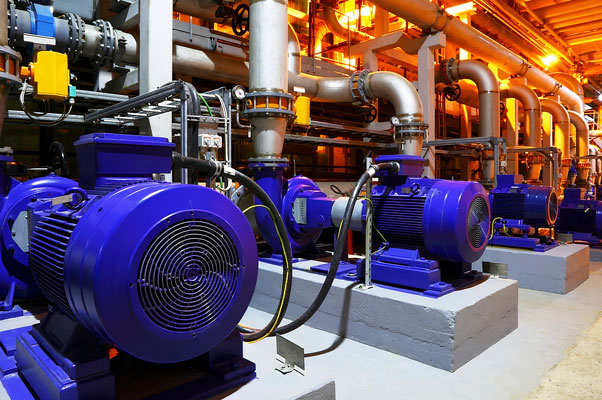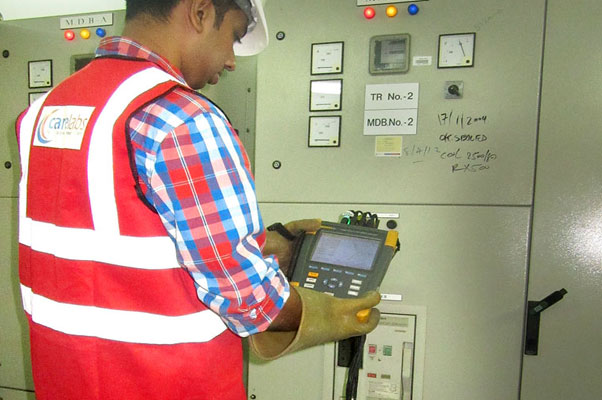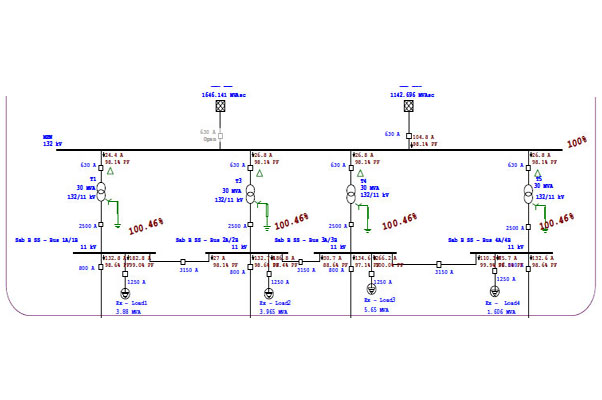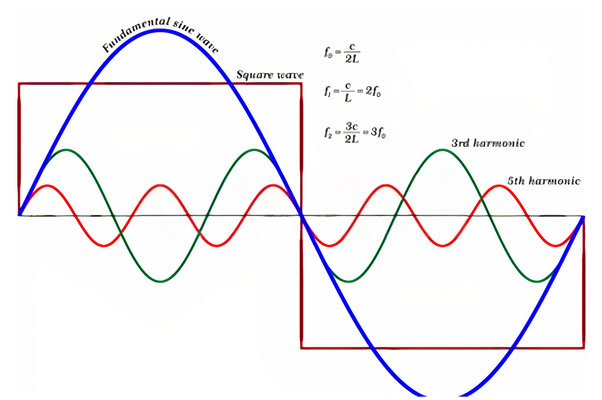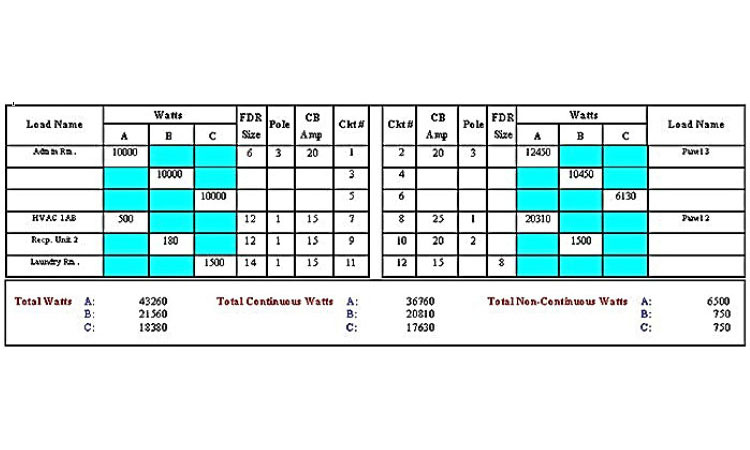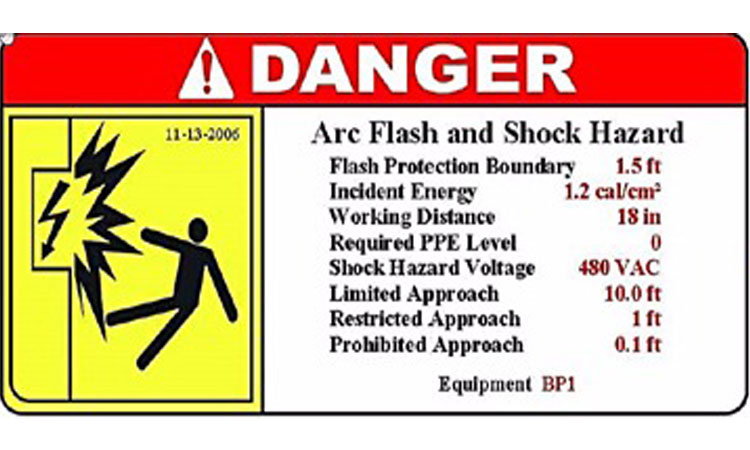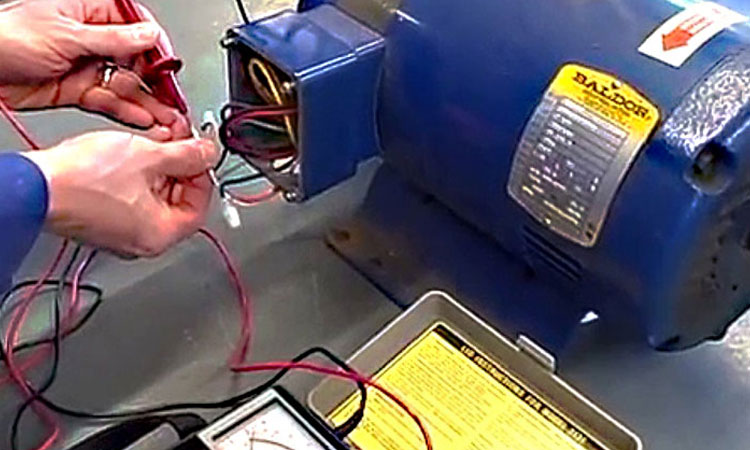Harmonics is defined as the characteristic of the voltage/ current waveform relative to the fundamental frequency. But what does this mean? Well, a smooth sine wave is the ideal power source for all power systems.
These ideal sine waves do not contain harmonics. When the waveform deviates from a sine wave, they contain harmonics. These harmonic pollutions will distort the voltage wave shape and cause the power system supply to distort, which may cause many problems.
When harmonic distortion is entered into the system, the ability of the power system to operate at the optimal level will be reduced. Due to the higher energy consumption, this can lead to inefficient operation of the equipment.
The increase in the total current required will result in installation and utility costs, heating costs, and lower profitability.
What Causes Harmonics?
Harmonics are the result of non-linear loads converting AC mains voltage to DC voltage. Due to non-linear electronic loads (such as variable frequency drives (VFD), computer power supplies, and energy-saving lighting), harmonic pollutions enter the electrical system.
When a problem arises, the main options for managing harmonics are:
- Reduce the harmonic distortion generated by the nonlinear load.
- Adding a filter to the system will divert the harmonic current, prevent it from entering into the system or inject the harmonic current locally.
- Use filters, inductors, or capacitors to change the frequency response of the system.
Infographic Related to Harmonic Analysis:
The harmonic current flowing between the electrical device of any consumer and the common connection point of the consumer shall not correspond to any odd harmonic order listed in the table of this specification, and shall not exceed the level indicated in the designated table for that harmonic order
How Care Labs Can Help?
Care Labs offers comprehensive harmonic study and analysis services.
Harmonic analysis or harmonic modeling is an algorithm that predicts potential resonance and harmonic distortion levels based on available power system data. Except for the simplest system, all other systems require a computer to perform this analysis. There are several software packages dedicated to this purpose.
Devices such as transformers, capacitors, and power system impedance are considered, and nonlinear loads are represented by multiple current sources of harmonic frequencies. Such simulation studies will show whether the harmonic levels are within IEEE or utility limits.
Benefits of Harmonic Analysis by Care Labs:
- Compare existing systems and collect data to calibrate the model by measuring the existing systems using a well-defined test plan.
- Determine the location, type, and size of the harmonic source in the system.
- Simulate the influence of these harmonic sources on system voltage and current.
- Check the penetration of harmonics into the system.
- Calculate the voltage and current harmonic distortion and total harmonic distortion (THD) at each frequency.
- Check whether the voltage and current harmonic distortion levels are violated.
- Calculate other harmonic values and compare them with standard or regulatory limits.
- Check the series or parallel resonance conditions in the system.
- Design harmonic filter and harmonic test filter.
- Check the phase shift of the transformer and analyze its influence on suppressing harmonic current and subtracting harmonic distortion.
- Try other harmonic suppression designs and functions.
The New Zealand Electrical Safety Regulations (ESR) requires harmonic control.
Clause 31(2) of the Electrical Safety Regulations require compliance with the following applicable standards:
- NZECP 36 –for Harmonic distortion level
- IEC/TS 61000-3-4 – Electromagnetic compatibility (EMC): specifies the limits of emission of harmonic distortion in low-voltage electrical supply systems for equipment with a rated current greater than 16A
- IEC 6100-3-12 – Electromagnetic compatibility (EMC): Limits for harmonic distortions produced by equipment connected to public electrical systems with input current >16A and ≤75A per phase
Ultimately, the electrical line company responsible for the electrical connection will decide which standards (and the required harmonic limits) apply.
The increasing demand for nonlinear loads, electronic appliances, and heavy equipment in commercial and industrial spaces is linked to technological progress, which also means the abundant presence of harmonics further leading to complex breakdowns and causing damages.
It is always a safer option to identify underlying harmonic distortions and resolve the cause. Care Labs provides a comprehensive harmonic study inspection and risk assessment.
Care Labs offers its services across New Zealand including Auckland, Wellington, Canterbury, Waikato, Bay of Plenty, and Otago. Book your harmonic analysis or get a quote for your company today!


